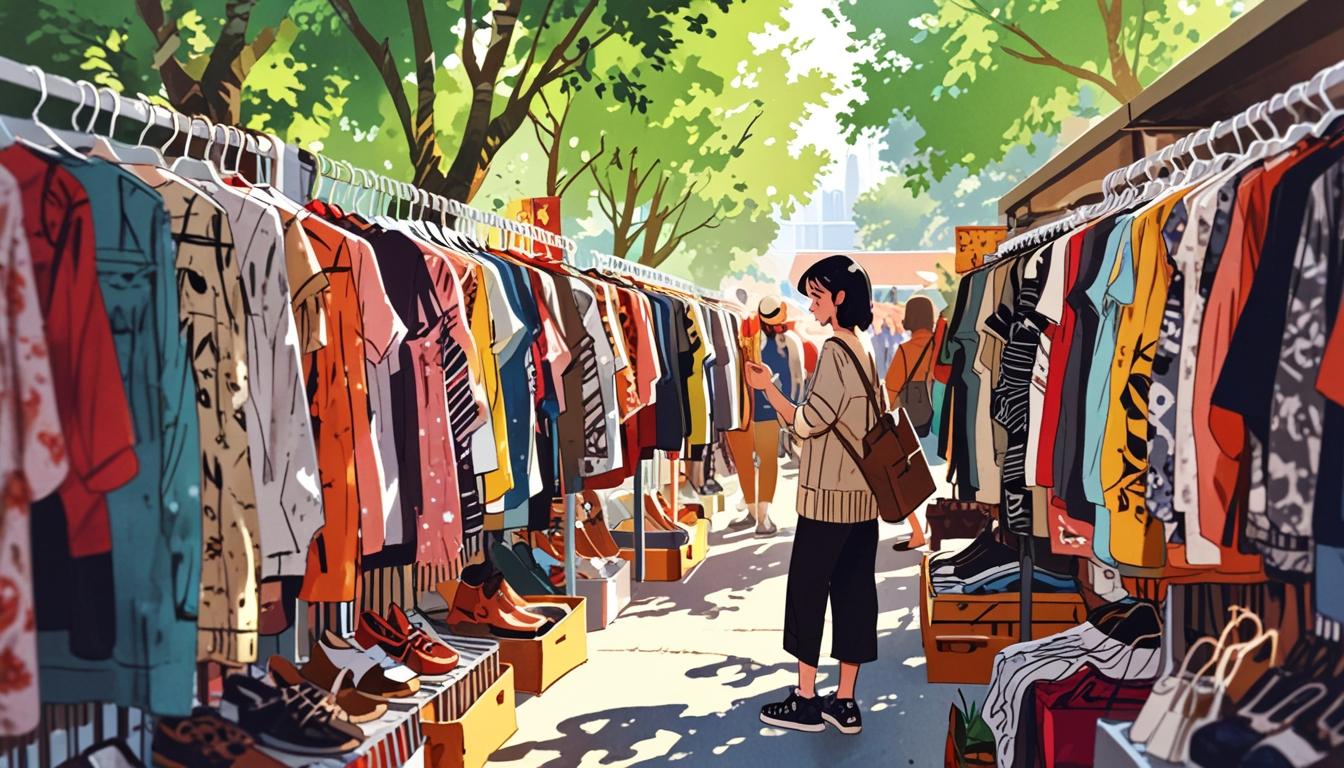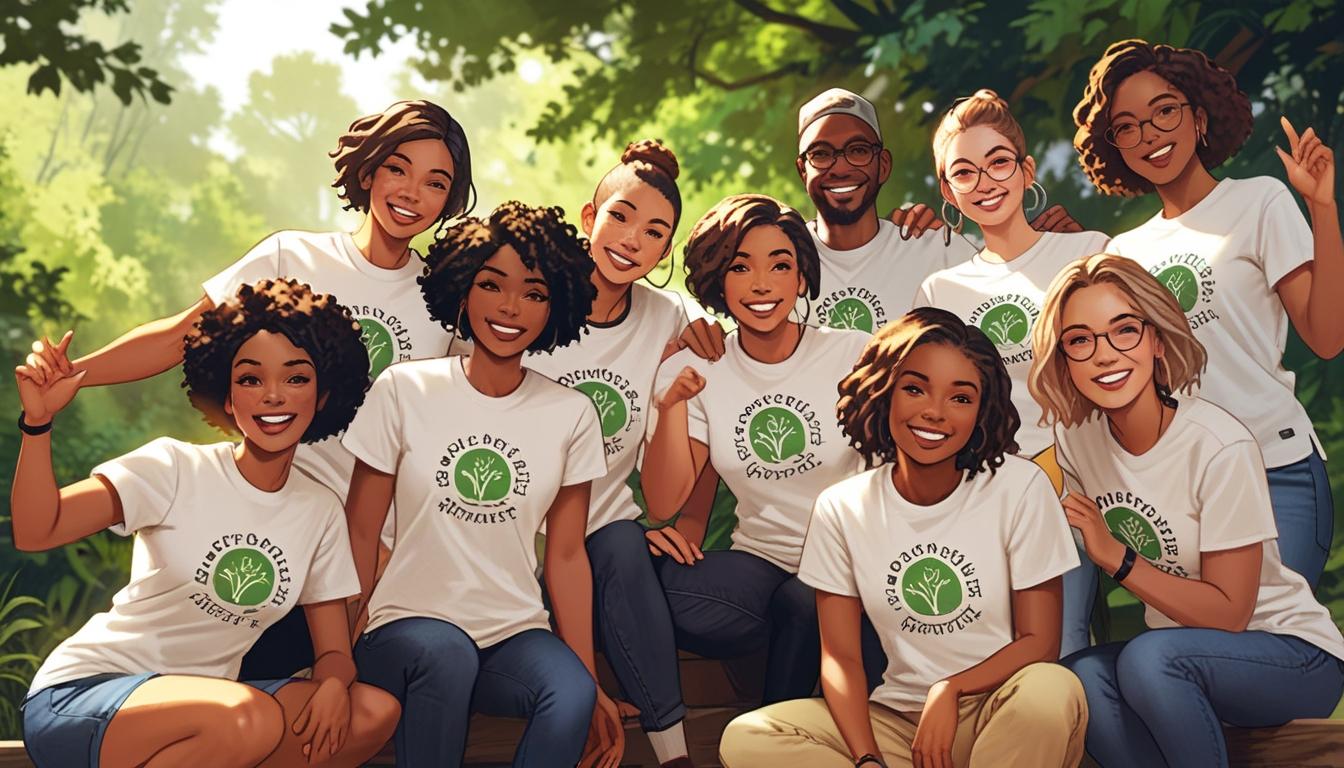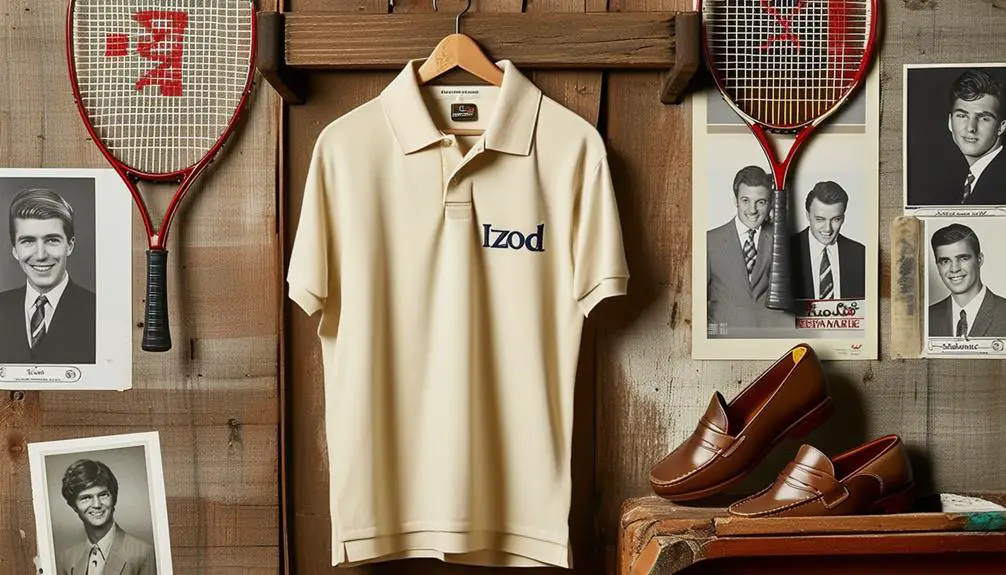A new report reveals that global spending on secondhand apparel reached $227 billion last year, highlighting a substantial shift in how consumers view resale clothing.
Shoppers globally are increasingly embracing the secondhand market for clothing, shoes, and accessories, reflecting a notable shift in consumer behavior. According to a report from ThredUp Inc., an online resale marketplace, global spending on secondhand apparel reached $227 billion last year, representing nearly 10% of all clothing expenditure worldwide. This trend is poised for further growth, with projections indicating that global secondhand fashion sales may exceed $250 billion by 2025.
Several factors are contributing to this rising trend, particularly in the United States, where economic policies, such as President Donald Trump’s implementation of a blanket 20% tariff on all Chinese imports, are projected to increase the costs of new clothing. This price inflation is expected to widen the gap between the prices of new and used clothing, making secondhand options more attractive to consumers. “Once people start shopping secondhand, they keep doing it,” said James Reinhart, CEO and co-founder of ThredUp, emphasizing the growing acceptance of resale as a mainstream choice.
The online secondhand marketplace is expanding rapidly, with platforms like eBay, ThredUp, and Poshmark enabling consumers to buy and sell used items conveniently. In addition to these platforms, many brands are also investing in their own resale initiatives, either by developing independent online resale options or partnering with services such as Archive and Trove. Trove, which has amassed around 50 clients, recently added seven new brands in the second half of 2024, serving notable companies like Patagonia and AllBirds.
To further engage consumers, brands are beginning to integrate resale options into their broader business strategies. This includes shared online checkout systems and targeted marketing efforts to promote resale shopping, according to Terry Boyle, Trove’s CEO.
The surge in secondhand shopping, which saw a 15% increase in 2024 alone, is driven by numerous factors, with affordability at the forefront. Shoppers benefit from significant savings, especially on high-end brands that might be otherwise unaffordable. As noted by Reinhart, much of the secondhand apparel available in the U.S. is sourced domestically, contrasting with the majority of new clothing, which is produced overseas.
The stigma traditionally associated with secondhand shopping is rapidly dissipating, with consumer sentiments evolving to normalize this practice. Samina Virk, CEO of Vestiaire Collective in the U.S., remarked, “It’s now become the norm,” underscoring the cultural shift towards accepting secondhand purchases, particularly among younger generations that are more adept at navigating online platforms for buying and selling.
Environmental concerns are also prompting consumers to consider secondhand shopping. Some individuals are opting for used items to mitigate the greenhouse emissions associated with the production of new clothing. Vestiaire Collective found that 79% of items sold on its platform substitute for new purchases, indicating a clear consumer preference for sustainability.
Additionally, advancements in technology, particularly artificial intelligence, are set to transform the secondhand shopping experience. ThredUp is exploring AI tools that allow users to upload images of desired items and receive recommendations for similar products available on their site. Reinhart anticipates that such innovations will streamline the online secondhand shopping experience, making it as user-friendly as buying new apparel.
As the secondhand apparel market continues to grow, these dynamics reflect not only changing consumer preferences but also the potential for significant revenue shifts within the retail industry.
Source: Noah Wire Services




